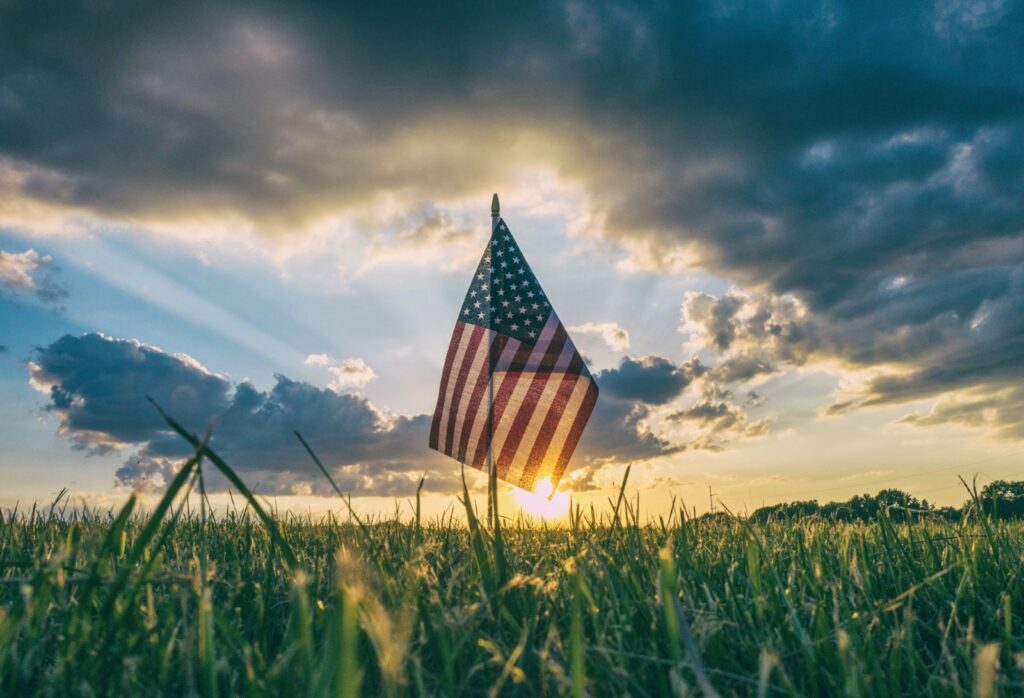The Relationship Between Freedom and Limitation
As we’re approaching the July 4th holiday, a time that supposedly celebrates freedom and independence, I’m reminded of this post from five years ago. Enjoy.
What does it mean to be free? Some people would say it’s doing whatever you want, whenever you want. But is that really true? In Rebecca Solnit’s excellent essay on “Masculinity as Radical Selfishness,” she mentions the axiom, “My right to swing my arm ends where your nose begins,” which is about balancing personal freedom with the rights of others. It’s also about watching out for someone else’s rights. However, what we’re seeing is the idea that my right to swing my arm doesn’t end where your nose begins, but instead just doesn’t end. And in fact, your nose is not my problem, and it should get out of the way.
She also says in the U.S., “unlimited armswinging peaks at an intersection between whiteness and maleness, with plenty of white women on board who seem to believe that a white lady’s job is to protect white men’s armswinging (often with a selfless disregard for their own noses).” What we’re seeing is peak entitlement and conflating “freedom” with hypermasculinity as well as white supremacy. Who is it that thinks they should have unlimited armswinging? White men (but not all white men, to be clear).
This is incredibly juvenile and shortsighted because no person is an island (even if they have enough money to buy one). We don’t live in our own self-contained bubbles, able to accomplish everything by ourselves. We want someone else to cut our hair. We want someone else to make our food. Humans are social creatures. We are not meant to live in isolation.

Real freedom requires limits. Photo by Aaron Burden on Unsplash
The hypermasculine freedom some in the U.S. idealize is a myth because what happens when that individual gets sick? They rely on the collective to help them out – they go to the hospital for care, or a doctor, or the drugstore.
My spiritual teacher says, “Just as my life is important to me, others’ lives are equally important to them; and if we do not give proper value to the lives of all creatures, then the development of the entire humanity becomes impossible.”
It becomes impossible because individual life is bound to the collective. Collective welfare lies in individuals, and individual welfare lies in collectivity. There is no instance where my individual welfare doesn’t contribute to collective welfare. And furthermore, real freedom requires constraint. That may seem like an oxymoron but hear me out.
Retired Navy SEAL, author, and podcaster Jocko Willink says, “Freedom is what everyone wants – to be able to act and live with freedom. But the only way to get to a place of freedom is through discipline. If you want financial freedom, you have to have financial discipline. If you want more free time, you have to follow a more disciplined time management system. Discipline equals freedom applies to every aspect of life: If you want more freedom, get more discipline.”
He’s talking specifically about individual freedom, of course, but I think the same message applies to collective freedom. We’re able to drive safely, for the most part, because there are rules associated with driving. We’re able to buy food we enjoy because there are regulations that keep expired food off the shelves. I realize there are problems with the rules and regulations I listed, but I’d much rather have those problems than going into a grocery store and wondering if the food I’m buying will poison me.
Real freedom requires discipline and a care for others. Anything else is just selfishness that will eventually catch up to us.
I dream of a world where we recognize true freedom requires giving up a little bit of freedom. A world where we understand we can’t do what we want whenever we please without consequences for ourselves and others. A world where we understand there’s an inherent relationship between freedom and limitation.
Another world is not only possible, it’s probable.

